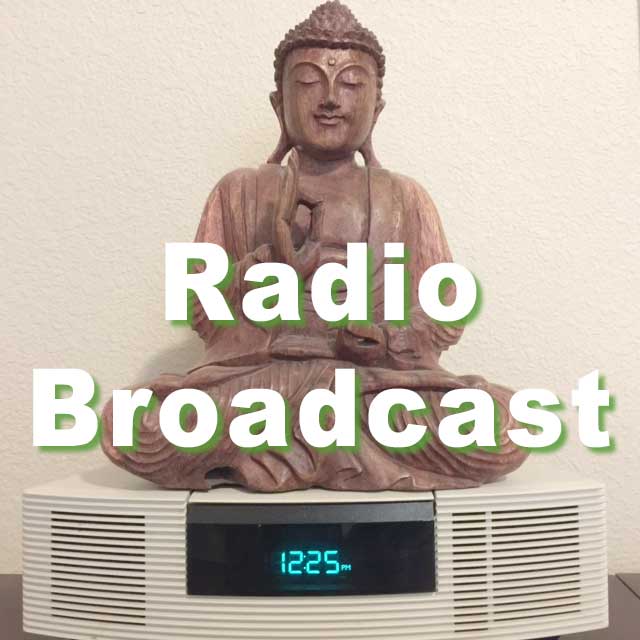Tip for Lesson 33 and beyond:
Today we are doing the meditation, “There is another way of looking at the world.” As you do the meditation, the ego may utilize a trick. The trick is letting the lesson slide back and be repeated in the background of attention while thoughts sneak forward to reclaim the foreground of attention. Be aware of this and do not let it happen. Put your heart on the lesson so it remains in the foreground as you survey thoughts, which should be at a further distance.
Lesson in the foreground. Thoughts at a distance.
It is as if you are at the movies. The lesson is closer to you, a part of you. The thoughts are out there on the screen. This promotes genuine healing.
Also, take this tip from NTI Colossians 3 with you for all of our workbook lessons:
May you practice your lessons in this way:
~Be grateful for the truth that you know.
~Practice it with Wisdom, and pray that more truth be given.
~Be grateful to your brothers who show you what you have learned.
~Welcome your lessons in vigor, that you may grow in mastery of the way.
~Embrace all that you see, knowing it comes from you.
~Correct that which needs correction.
~And immerse the mind in the reflection of truth.



